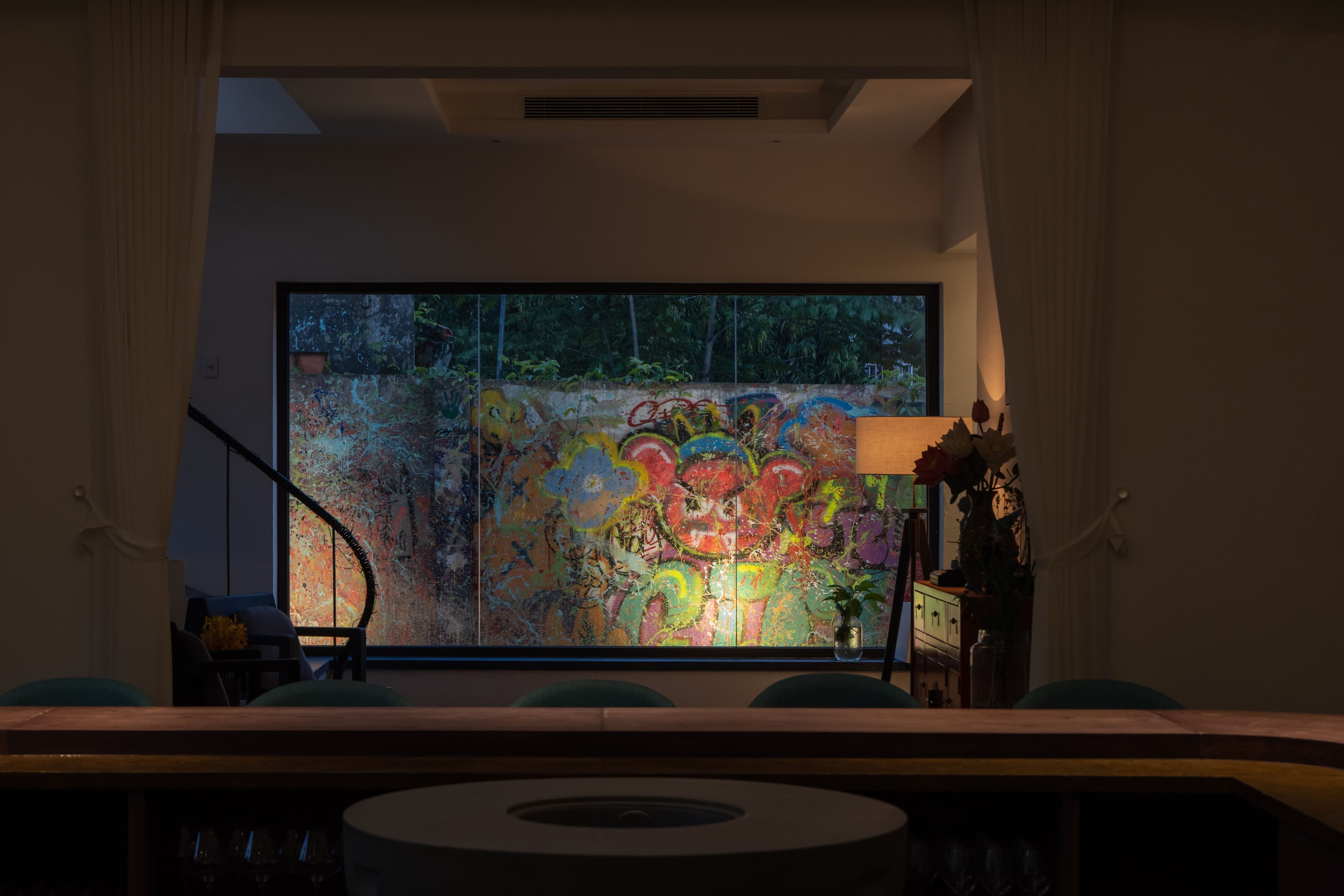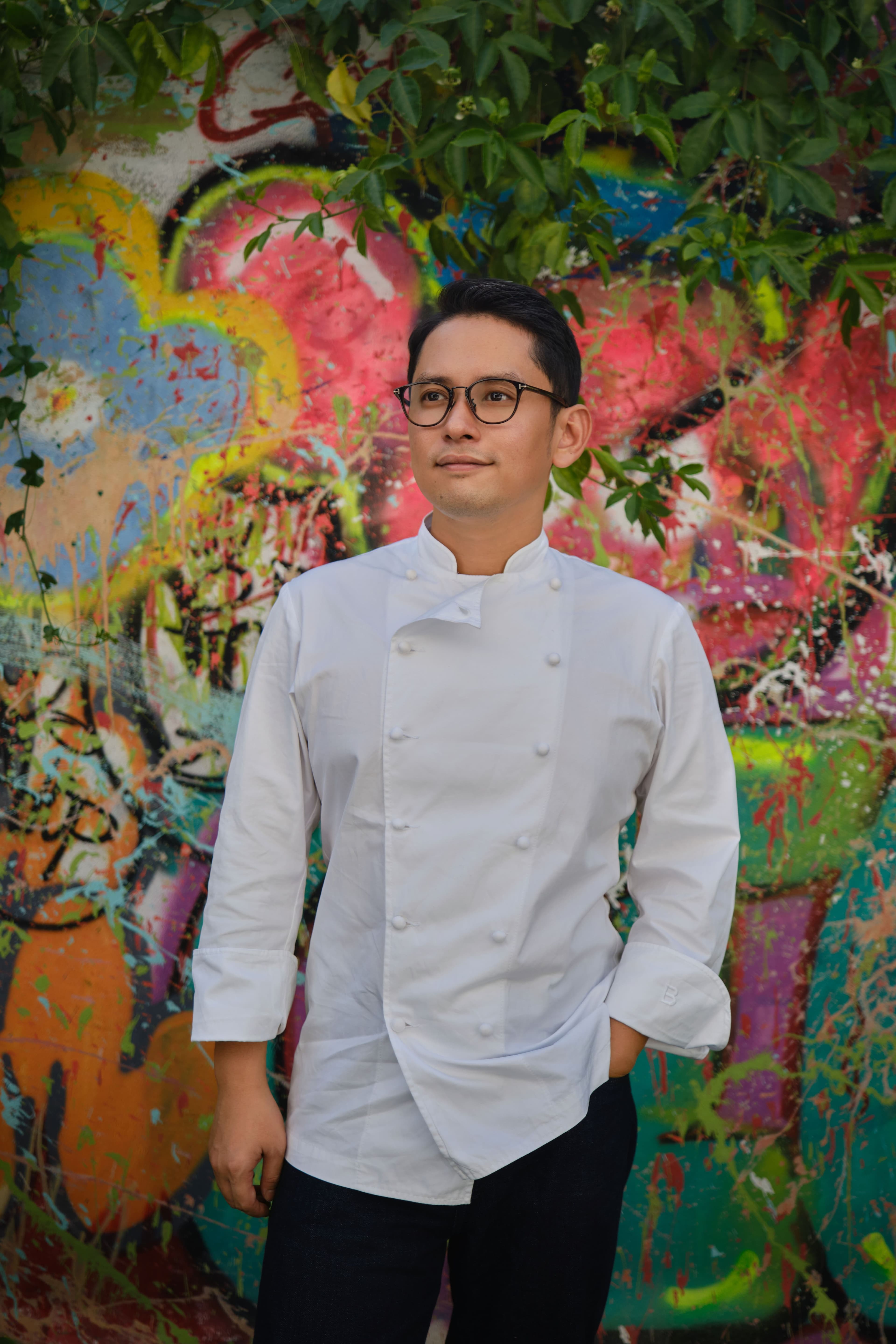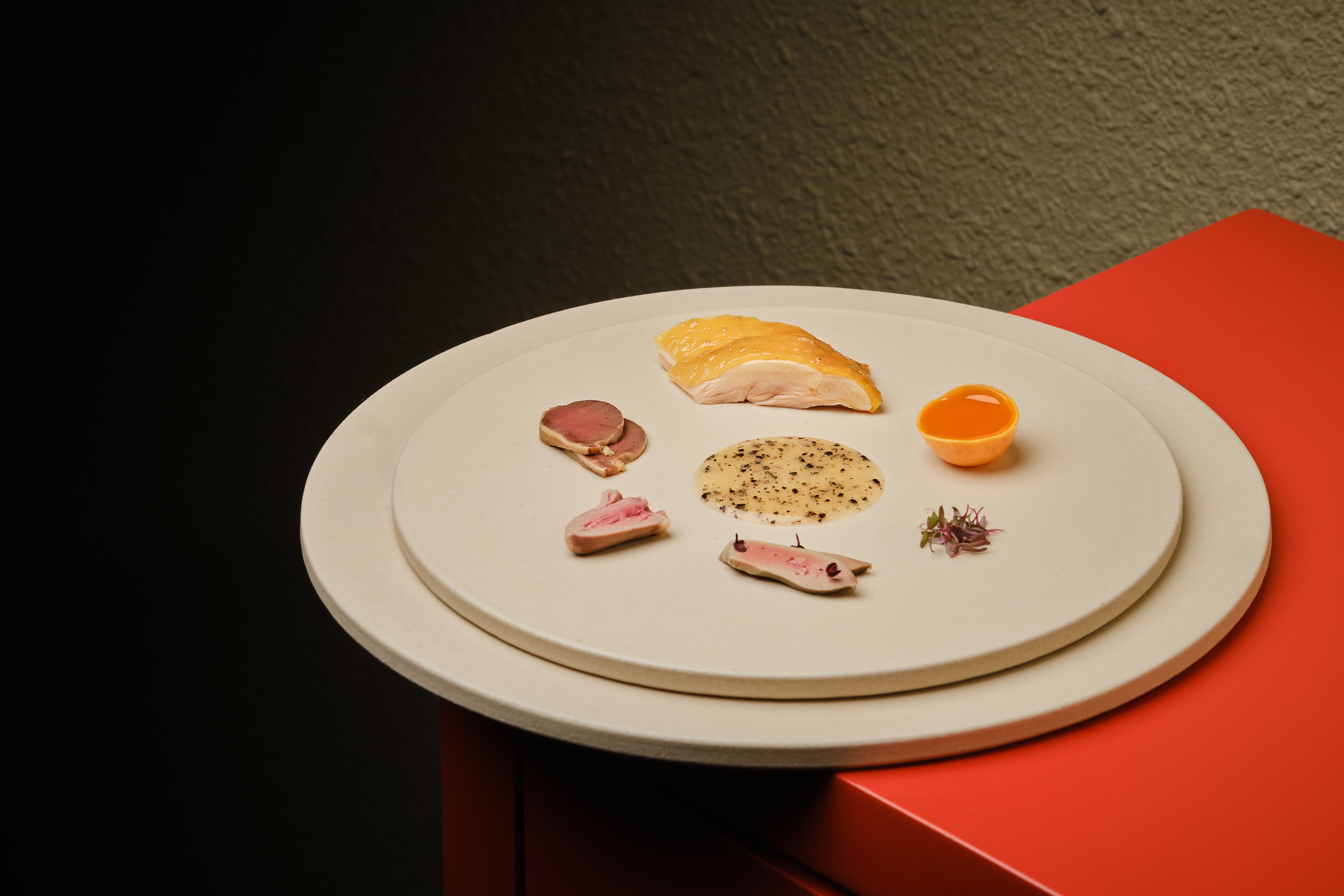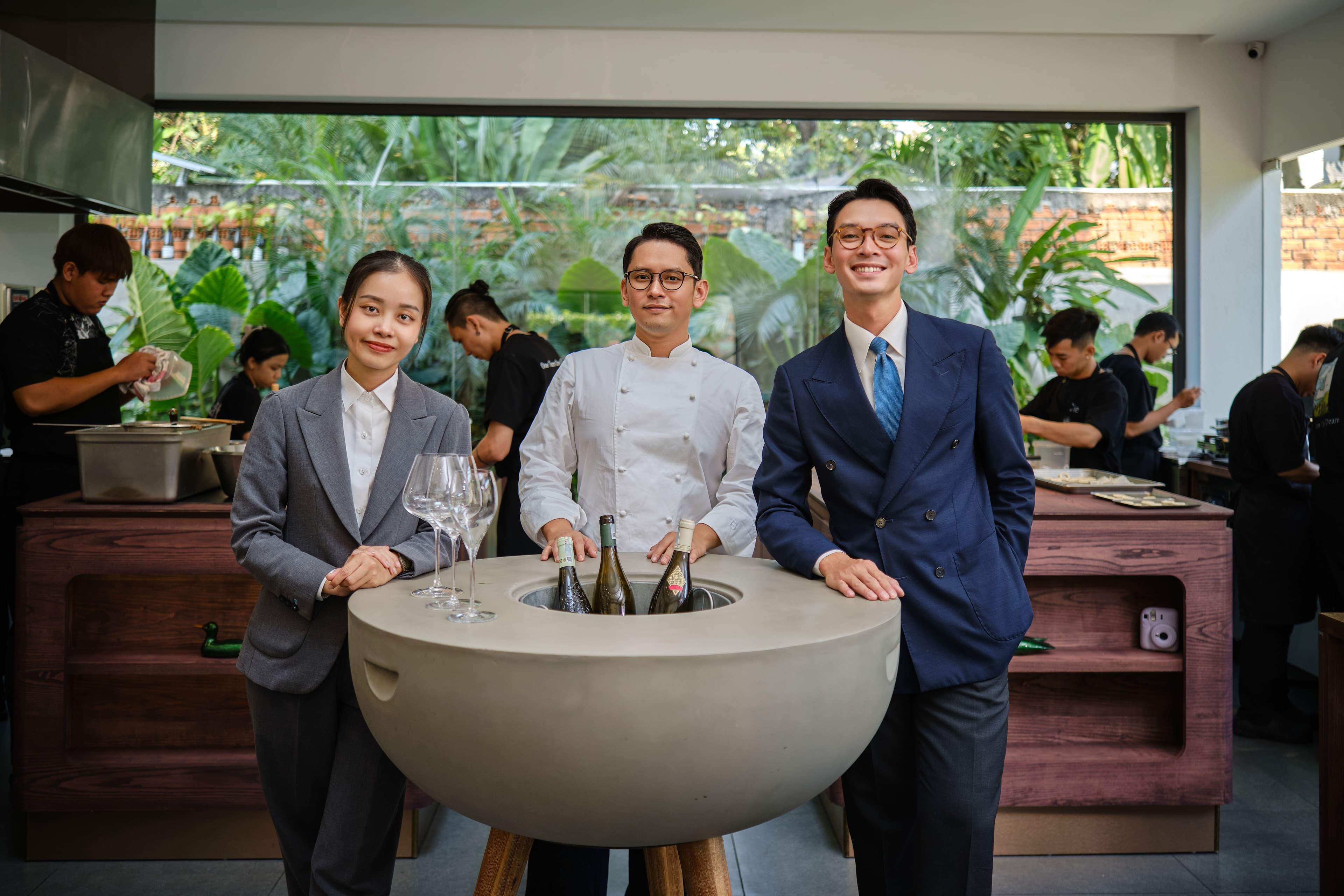When you walk onto CieL’s property — leaving the street area, traveling up the driveway, walking along the path, past the front door with the Michelin Guide sign on it, there on your right hand side, you’ll see something unexpected — graffiti. An explosion of color. Bright paint splatters. Loud letters stretching across the concrete wall beneath the tin roof overhanging from next door. It’s cool. It’s epic. It’s different. It’s not what I expected at all on display outside of a restaurant which earned a Michelin star just seven months after opening — the fastest restaurant in Vietnam to do so. It stirred up memories I didn’t know I’d lost.

I remember when I was in college, I went on a backpacking trip around Europe with my best friend Luke. It was the best of times. Catching a flight to Paris for 20 euros. Celebrating Christmas in Amsterdam. Clubbing in Berlin, Budapest, and Barcelona. We were young, wild, and free. And one of the wildest and freest places at the time was in Copenhagen, Denmark in a little place called Christiania, otherwise known as the Green Light District. Essentially the green light represented permission. Permission to experiment. Permission to reject the mainstream. Permission to live radically. It was symbolic of freedom, rebellion, and openness. The area has since been dismantled, ending a 50-year stretch, but its memories live on forever.

All of this started to make sense after dining at CieL when I got a chance to speak with Chef Việt Hồng. He told me that beyond his time studying culinary arts in Paris, he also worked in Tokyo as well as in Copenhagen at a restaurant called Noma, which, when it was open, was considered by many to be the best restaurant in the world. And when speaking to him, he too had fond memories of Denmark from many years ago and in particular the bright graffiti that was tagged and splattered on the walls there. I also learned a secret from fellow co-founder Thanh Liêm, who was constantly on the move the whole night, chatting with each guest, talking about the food, the restaurant, making everyone feel welcome. He told me that he, Hồng, and Hồng’s cousin, Khuong Ho, did the graffiti together when they opened. When you visit CieL and sit around the counter on the ground floor looking through the big glass windows at the colors on the outside wall, you’ll see how much it creates this unique contrast.

Inside is order. Outside is chaos. Inside there is method. Outside there is madness. Inside the art is in motion. Outside the art is in stillness. Inside and out, CieL feels freeing. Like the freedom you feel through discipline or the freedom you feel through spontaneity. While the words and colors on the outside wall are loud and colorful, the words and images on the menu are subtle and compact.

While it is tempting to detail CieL’s set menu, I’m afraid that trying to describe the amuse-bouche, starters, palate cleanser, main courses, or desserts would only fall short in encompassing the totality of the dining experience. Each bite is pure art. What intrigued me the most, however, was that after each bite of art I kept looking back at the art outside, thinking to myself, how many Michelin-star restaurants have graffiti on their wall? It’s different. It’s epic. It’s cool. That said, as an outsider, it seems as though receiving a Michelin-star is a blessing and a curse. Part dream, part fever dream. Uneasy lies the kitchen that bears a star — especially one that just turned one year old.

From my perspective, it feels like the decision to keep the graffiti on the wall matters. It’s a choice. It’s a symbol. It’s a reminder. In order to be world-class at anything, you have to learn the rules before you can break them. Master your methods so your madness doesn’t master you. Such discipline results in freedom. Freedom to be spontaneous, to take risks, to welcome mystery, mayhem, and magic. Creating a world-class restaurant is no different. Following the rules matters. So does breaking them. This is especially true because once you acquire prestige you also acquire pressure. Pressure can paralyze creativity or it can propel it forward. Therefore, the graffiti on the wall outside acts as sort of a green light signaling permission. Permission to stay open. Permission to stay rebellious. Permission to stay free. Maybe then no matter how much pressure follows prestige, no matter how hot it gets in the kitchen, the graffiti, the green light, is there to continually stir up memories you didn’t know you’d lost — dreams of living, working, and creating without permission.








